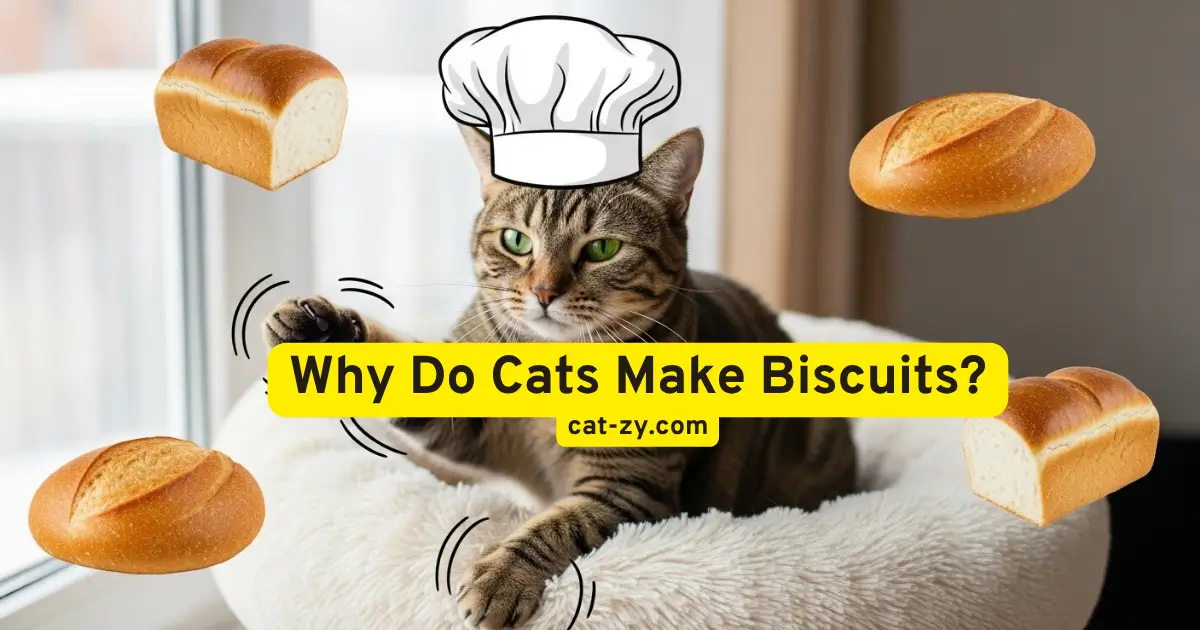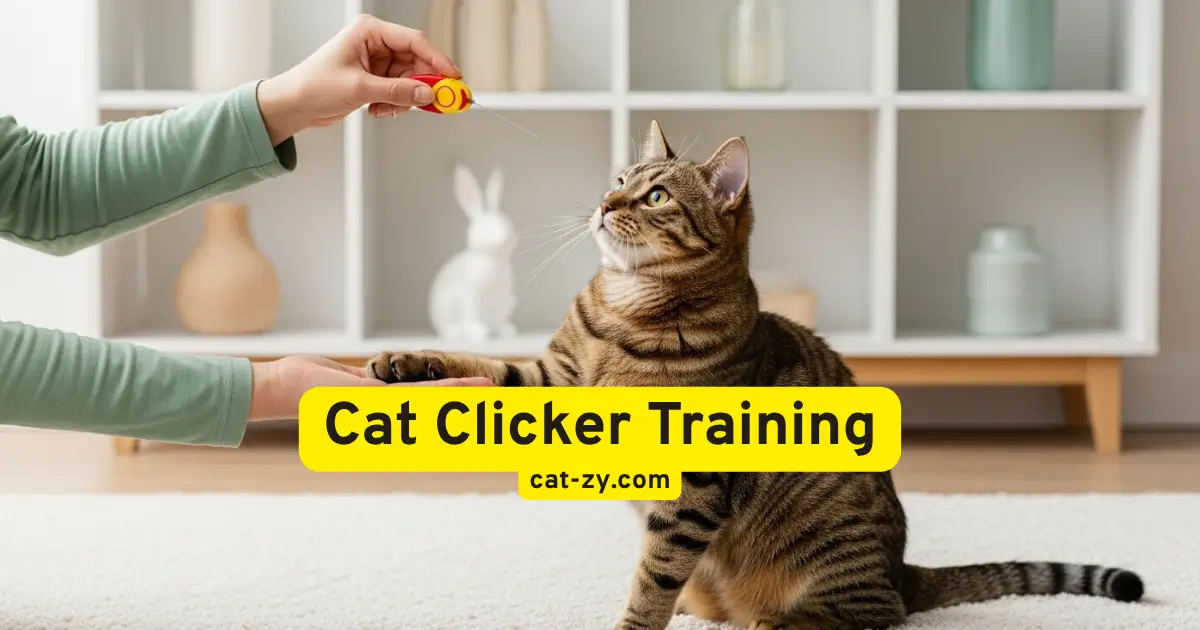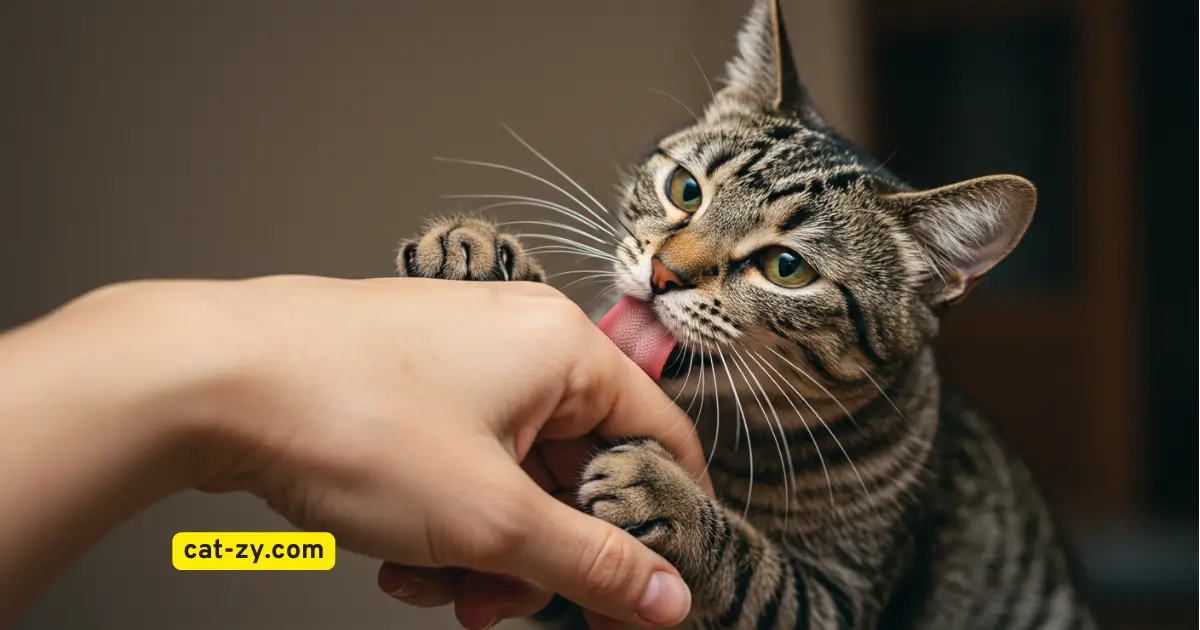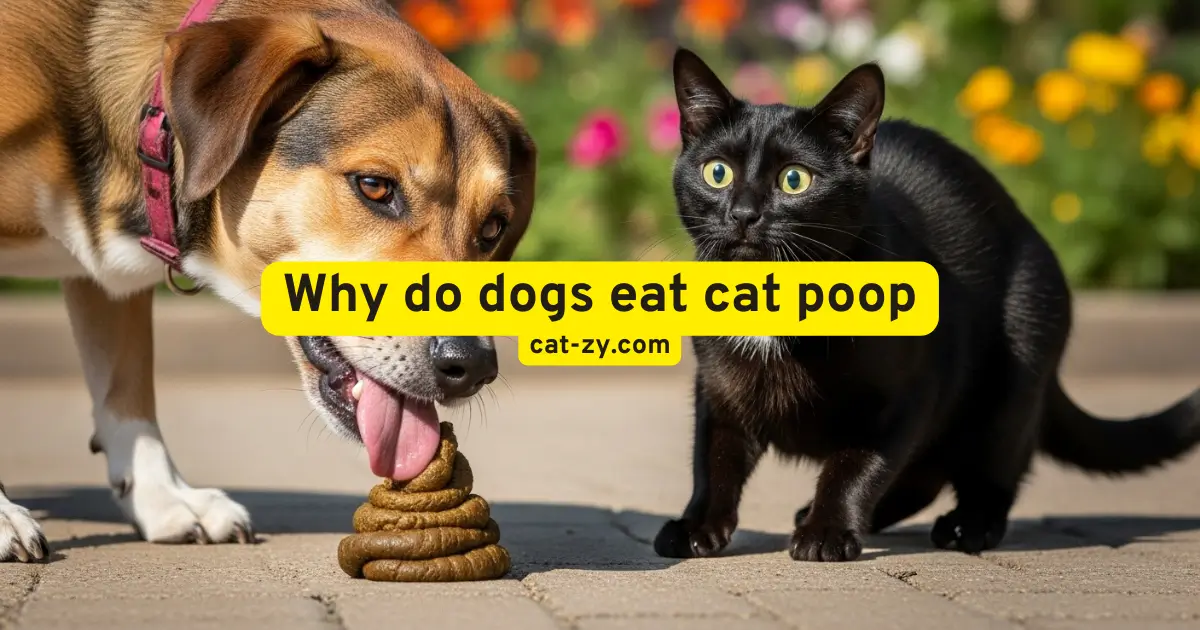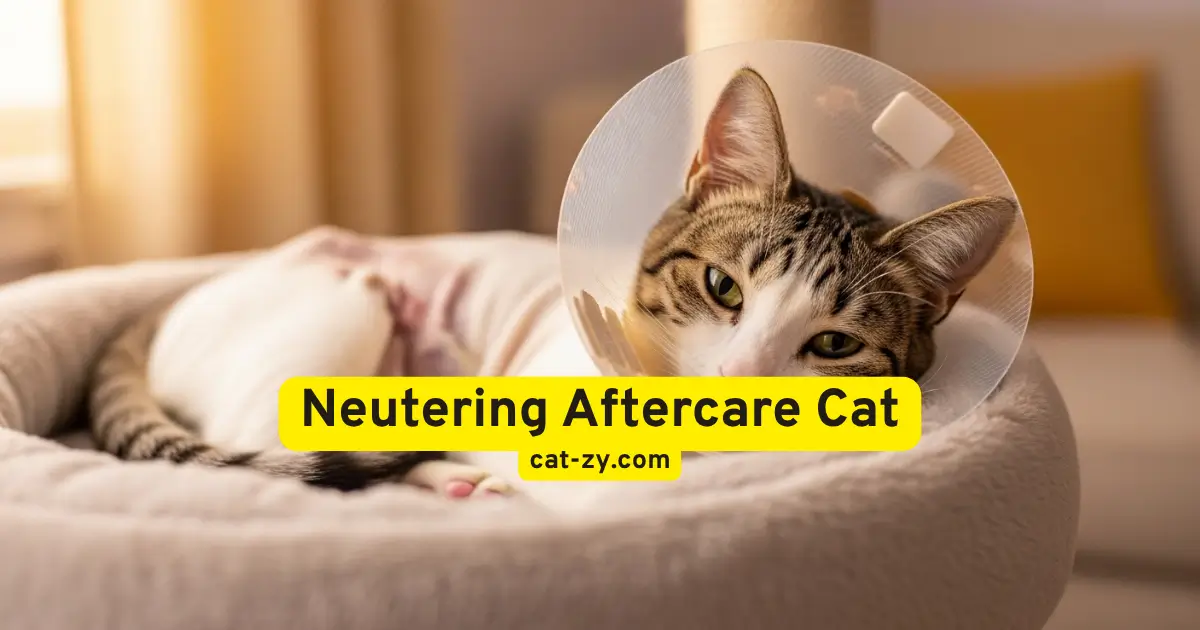Why Do Cats Make Biscuits? 5 Adorable Reasons You’ll Love
If you’re a cat owner, you’ve probably seen your cat kneading on your lap or a soft blanket. This cute action is called “making biscuits.” But what’s the reason behind it?
When you see your cat rhythmically press their paws, it might seem like they’re trying to communicate. The truth is, cat kneading comes from their instinctual past. In this article, we’ll look at five cute reasons for this behavior, helping you understand your cat better.
We’ll explore everything from comfort and relaxation to marking territory. By the end, you’ll appreciate your cat’s kneading even more.
Table of Contents
What Is “Making Biscuits”? Understanding Your Cat’s Kneading Behavior
The rhythmic pressing motion known as “making biscuits” represents a distinctive feline activity. It’s when they press their paws into a surface in a rhythmic way. This can happen in different situations. Knowing about this behavior can tell you a lot about your cat’s feelings and mind.
The Distinctive Movements of Cat Kneading
This cat’s kneading involves alternating paw pressure against various textures and materials. This distinctive movement is a key part of the behavior. It’s seen in cats of all ages and is often rhythmic and calming to watch.
When cats knead, they usually keep their claws in. But sometimes, they might extend their claws a bit, like on a soft surface. This gentle action shows they’re happy and relaxed.
When and Where Cats Typically Make Biscuits
Cats knead when they’re feeling calm and comfortable. This can be on a soft blanket or someone’s lap. This behavior serves as their method of achieving calmness and emotional stability. Felines typically choose textures that provide pleasant tactile sensations for this activity.
Some cats knead before they sleep. It helps them make a cozy spot. Knowing when and where your cat kneads can help you understand them better.
The Evolutionary Background: Why Do Cats Make Biscuits?
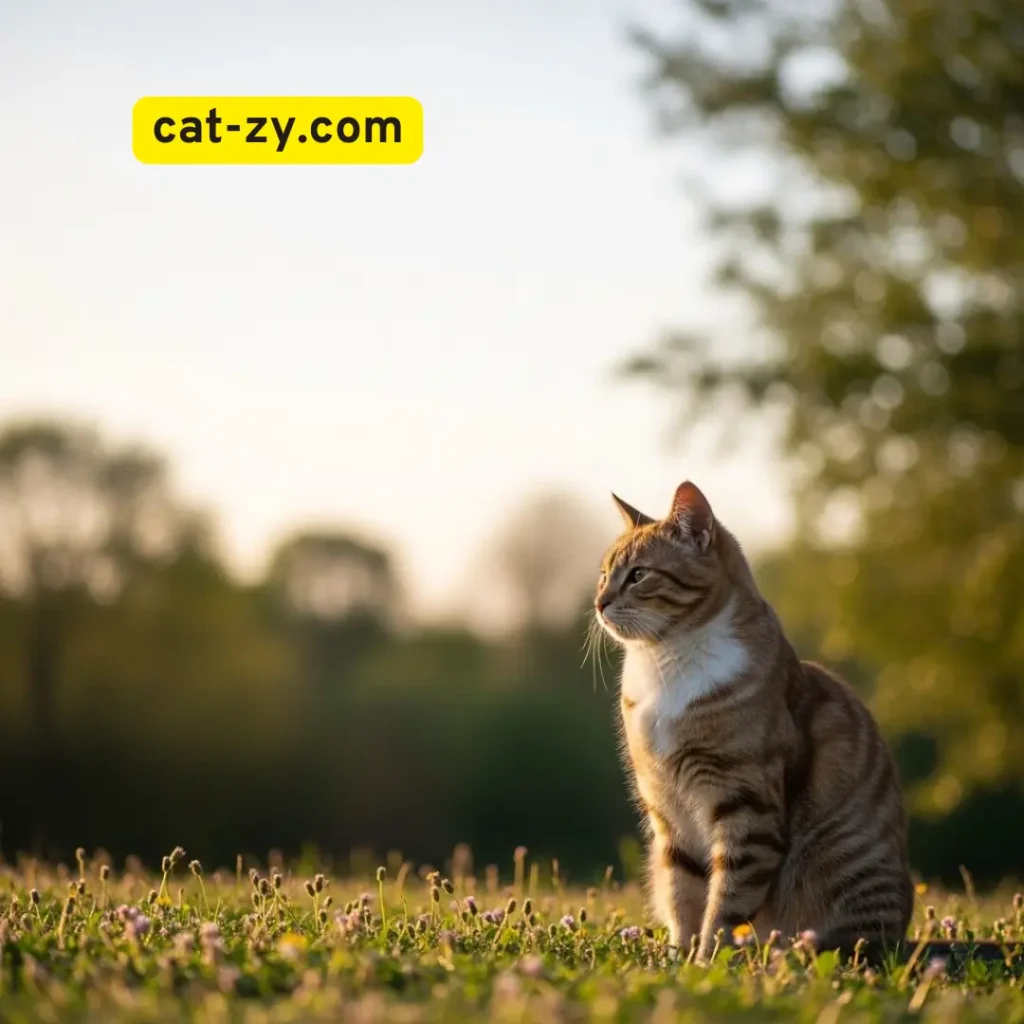
To understand why cats knead, we must look at their wild roots. This behavior has been passed down from their wild ancestors to today’s domestic cats. It’s a trait we see in both wild and domestic cats.
Wild Cat Origins of Kneading
In the wild, kneading was key for survival. Cats kneaded their mothers’ bellies to get milk and feel comforted. This behavior helped them grow strong. Wild cats also knead to create cozy spots or mark their territory by using scent glands in their paws.
This kneading behavior in wild cats is an instinct that has lasted through evolution. Even as their lives changed, the reasons for kneading stayed the same.
Kitten Behavior That Persists Into Adulthood
Kittens start kneading early, and this behavior often stays with them as adults. Kneading is a comforting behavior for kittens, reminding them of their mother’s warmth. As they grow, kneading becomes a way to calm themselves or show happiness.
Adult cats may knead on soft things like blankets or their owner’s lap. This shows that kneading learned in kittenhood is a lasting part of their behavior. This retention of juvenile behavior into adulthood shows how deep kneading is in cats.
Reason #1: Expressing Contentment and Happiness
Ever wondered why your cat kneads on you? It’s a sign of deep comfort and trust. Cats knead when they feel at ease, showing their emotional state.
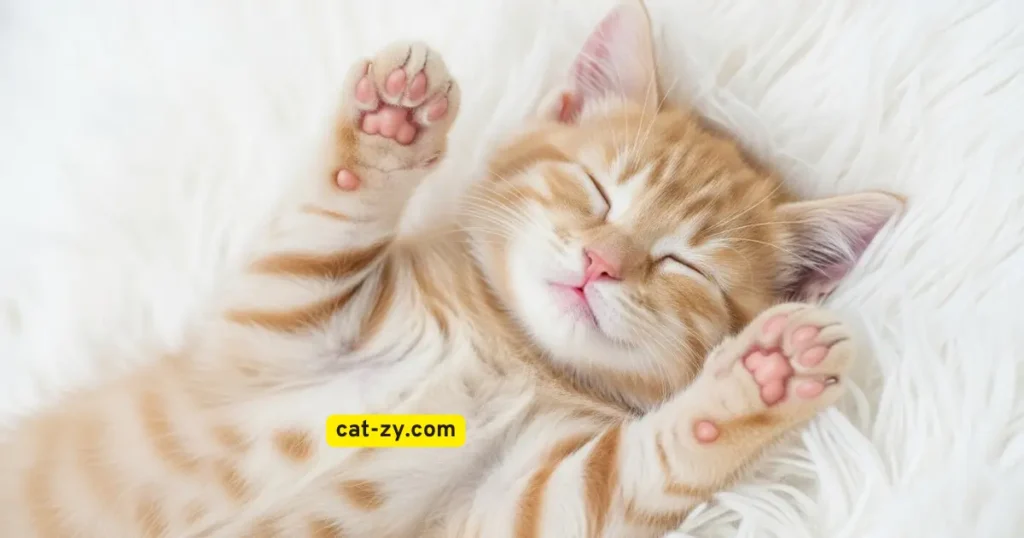
The Connection Between Purring and Kneading
Purring and kneading are comforting behaviors for cats. This distinctive sound emerges through rapid vocal cord oscillations. This behavior stems from nursing instincts that encouraged maternal milk flow during infancy. Together, they show your cat feels comfortable and secure.
When your cat kneads and purrs, it’s a sign of happiness and contentment. This behavior shows they trust and love you.
Signs Your Cat Is Happy While Making Biscuits
Contented felines display particular visual cues through their posture and facial features. Knowing these signs helps you connect with your cat better.
Facial Expressions to Look For
A happy cat has a relaxed face. They have partially closed eyes and a slightly open mouth. They might also gently blink, showing trust and contentment.
Body Language Cues
Happy cats also show relaxed body language. They might stretch out or sit with a relaxed posture. Look for a tail that is calm or gently swishing, showing they are in a good state.
Reason #2: Marking Territory With Scent Glands
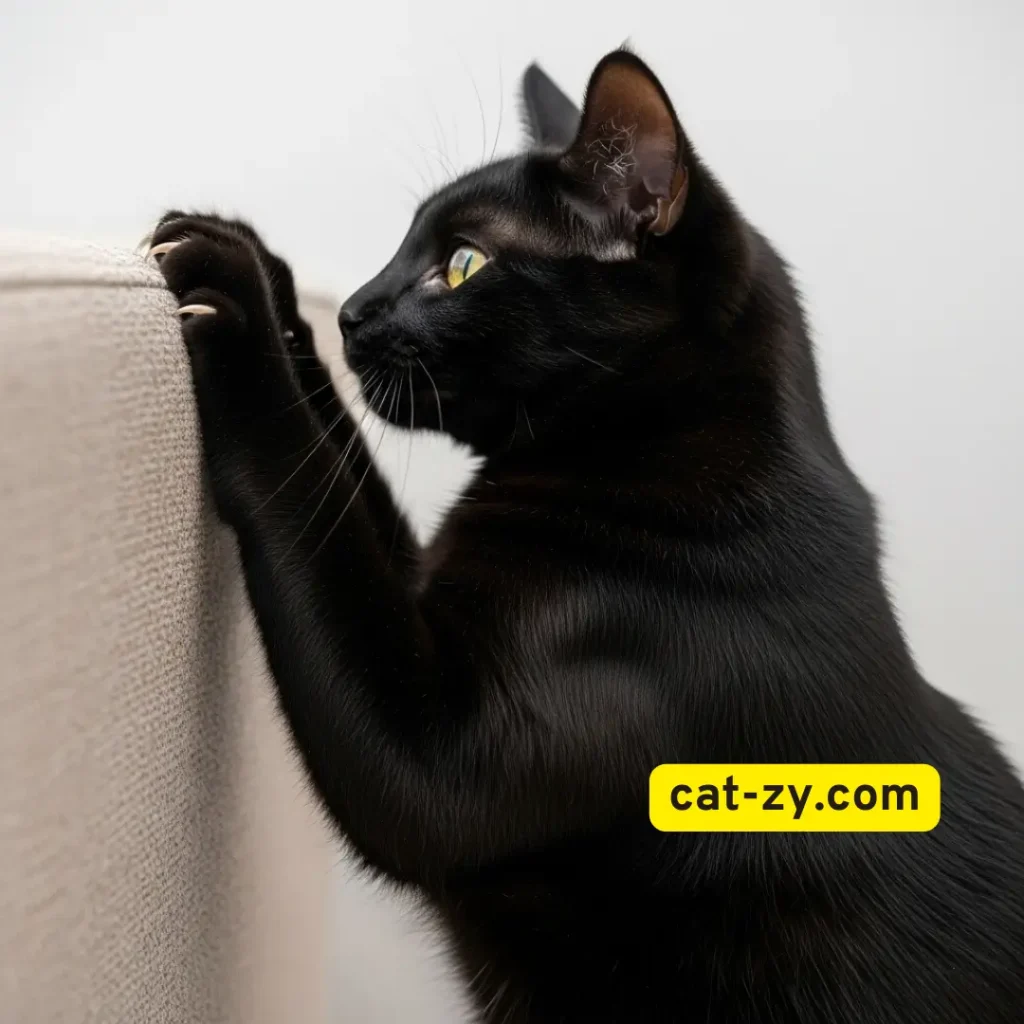
Cats knead to mark their territory with scent glands in their paw pads. When they knead on you or a surface, they leave their scent. This way, they claim the area or person as their own.
Paw Pad Scent Glands Explained
Cats have scent glands in their paw pads that are full of pheromones. These pheromones tell others about the cat’s identity, sex, and if they’re ready to mate. During this rhythmic motion, felines deposit chemical markers onto the target area. This marks it with their scent.
Why Your Cat Claims You as Their Territory
This behavior on your body communicates ownership and territorial attachment. This act shows love and ownership. Through scent marking, they signal to other creatures that you’re part of their domain.
Other Marking Behaviors Related to Kneading
Cats also mark their territory in other ways. Additional marking methods include facial rubbing, body contact, and liquid scent deposits. These actions help them claim their territory. They make their surroundings feel secure and familiar.
Reason #3: Creating a Comfortable Resting Spot
When your cat makes biscuits on a soft blanket, they’re showing an instinct. They want to make a cozy spot to rest. This instinct traces back to feral predecessors who prepared their resting locations through similar motions.
The Wild Instinct to Pat Down Sleeping Areas
In the wild, cats kneaded the ground to find a comfy spot. Ancient cats created level ground by compressing vegetation and natural debris. This also helped them check for dangers like snakes.
Modern Manifestations in Your Home
Today, your cat kneads on surfaces like your lap or a blanket. Modern felines replicate ancestral comfort-seeking behaviors when creating restful spaces. This shows their strong instincts passed down through generations.
Favorite Kneading Surfaces for Cats
Felines gravitate toward plush materials such as fabric coverings and cushioned items for this activity. Some also knead on firmer places, like a wooden chair. The rhythmic motion itself matters most, regardless of the chosen material.
Knowing your cat is just following an instinct can make you appreciate them more. By giving them soft surfaces, you let them express this natural behavior. Such behavior contributes to their overall contentment and emotional well-being.
Reason #4: Showing Affection and Bonding
When your cat kneads on you, it shows deep affection and trust. This behavior is complex, showing a strong bond between you and your pet.
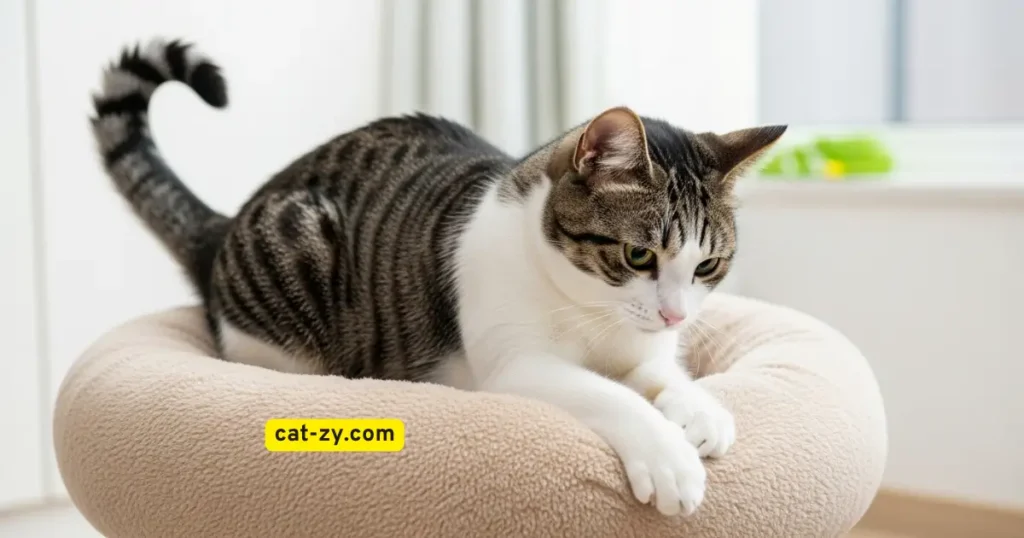
Why Do Cats Make Biscuits on Me Specifically?
Cats often knead on their owners because they feel safe and loved. Felines perceive their owners as protective figures reminiscent of maternal care. By kneading on you, they show trust and happiness.
The Special Bond Between Cats and Their Humans
The bond between a cat and their human is special and based on love. When your cat kneads on you, it’s a sign of happiness and strengthens your relationship. Such tactile interaction triggers bonding chemicals that deepen your relationship.
How Cat Kneading Strengthens Your Relationship
Cat kneading is more than cute; it’s a sign of affection that deepens your connection. By showing love back, you can make your bond even stronger. This creates a more loving and trusting relationship.
Reason #5: Self-Soothing and Stress Relief
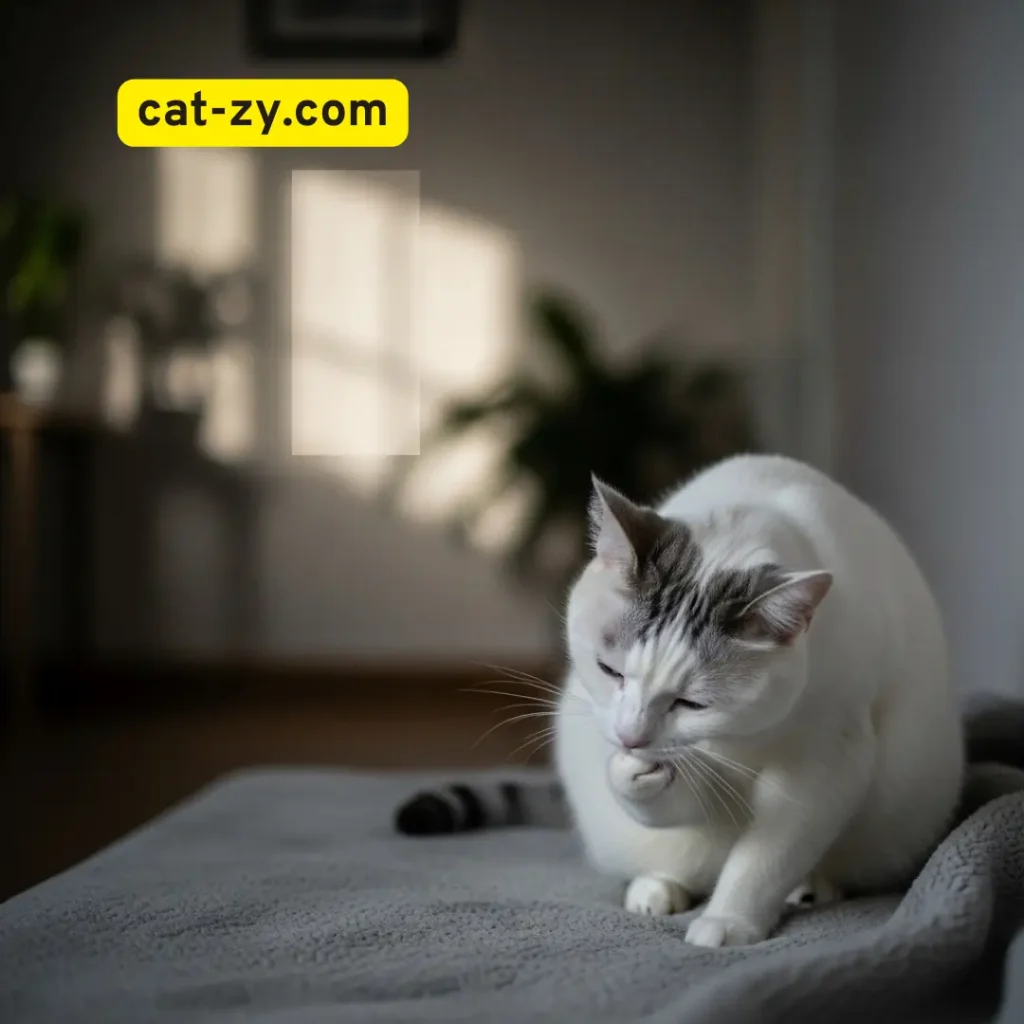
This rhythmic paw motion serves as a feline self-regulation technique. This behavior started in their kitten days and stays with them as adults.
Kneading as a Comforting Behavior
Kneading is comforting for cats, like when they were kittens. They used to knead their mother’s belly to get milk. This made them feel safe and loved.
In adulthood, this kneading behavior persists as a way for cats to self-soothe, even when they’re stressed or anxious. They might knead on soft things like blankets or their owner’s lap. These places make them feel safe and comfortable.
How to Tell If Your Cat Is Kneading Due to Anxiety
Kneading can mean different things for cats. It can show they’re happy or anxious. Look for other signs of stress, like too much grooming, pacing, or meowing. If your cat is kneading and showing these signs, they might be anxious.
Watching your cat’s overall behavior and their environment can help. Environmental shifts, including unfamiliar animals or individuals, may trigger stress responses.
Creating a Stress-Free Environment for Your Cat

To lower your cat’s stress, make their space calm and predictable. Give them a quiet place to go, keep a routine, and use calming products like pheromone diffusers.
Understanding why your cat kneads and reducing their stress can make their life better. It helps them feel more comfortable and happy.
The Science Behind Cat Kneading: What Experts Say
Cat kneading is a mix of brain signals and comfort actions. It’s called “making biscuits” and fascinates both experts and cat lovers. Knowing why cats knead helps us understand their feelings and needs.
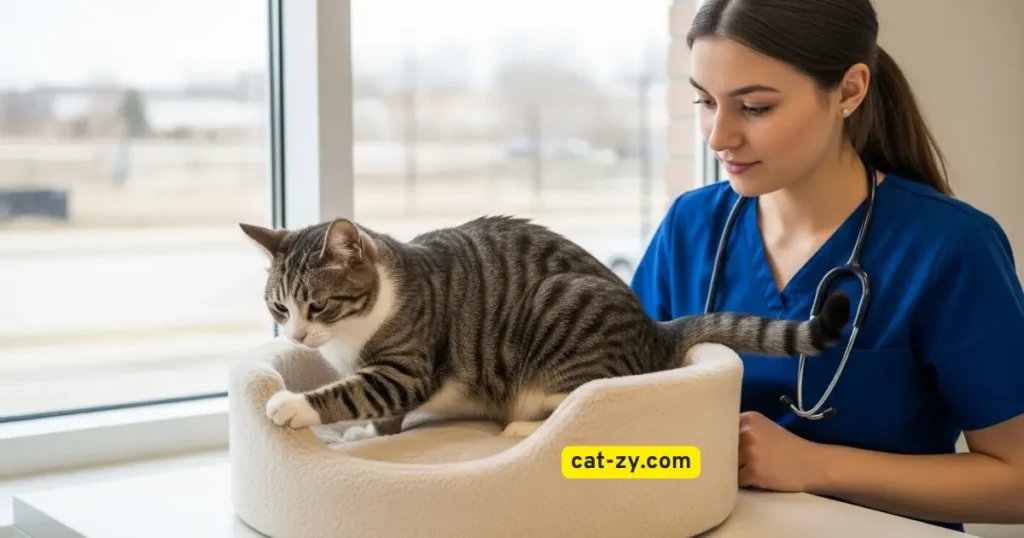
Neurological Triggers for Kneading Behavior
Studies show that kneading is linked to brain pathways. Neurological triggers start and keep the kneading going. It’s tied to kitten memories of nursing and feeling safe.
Kneading is a way cats calm themselves and feel secure.
Recent Research on Feline Comfort Behaviors
New research shows kneading is a comfort action for cats. It often happens with purring and drooling, showing cats’ complex emotional lives. By understanding cat kneading, we can see our pets’ happiness or stress better.
The science of cat kneading reveals the deep and complex nature of their behavior. By looking into the brain and comfort sides of kneading, we learn more about why cats knead and what it means for their feelings.
When to Be Concerned About Excessive Cat Kneading
Kneading is a common feline behavior, but excessive kneading can be a sign of an underlying issue that needs attention. If you’ve noticed your cat kneading more frequently or intensely than usual, it’s natural to wonder if there’s cause for concern.
Normal vs. Compulsive Kneading Behaviors
Normal kneading is often seen when cats are happy, relaxed, or marking their territory. But, compulsive kneading might mean something different. If your cat kneads too much, it could be a sign of anxiety, stress, or a health problem. Watch your cat closely: are they kneading on you or other things? Do they also pace or pant?
When to Consult Your Veterinarian
If your cat’s kneading seems odd or is paired with other worrying signs, it’s a good idea to consult your veterinarian. They can figure out if there’s a health issue that needs fixing. Should this behavior stem from nervousness, veterinarians may recommend calming interventions or environmental modifications. Therefore, when questioning persistent feline kneading behavior directed at you, professional veterinary consultation provides the most reliable guidance for concerns.
Managing the “Ouch Factor”: Dealing With Sharp Claws
Cat owners often face a challenge. They love their cat’s kneading but hate the sharp claws. When your cat kneads on you, it shows love and comfort. But it can hurt because of their sharp nails.
To solve this problem, a few simple steps can help. Keeping your cat’s nails trimmed is key. Gentle nail trimming is a vital skill that can lessen the pain from kneading.
Gentle Nail Trimming Techniques

Trimming your cat’s nails needs patience and the right tools. Begin by getting your cat used to having their paws touched. Use a cat nail clipper or grinder made for cats. Be careful not to cut the quick, the sensitive part of the nail.
Using Protective Blankets and Surfaces
Protective measures can also help. Put a blanket or towel between your cat and your lap when they knead. You can also give your cat a special kneading surface, like a cat kneading pad. This helps them knead somewhere else.
By using these methods, you can enjoy your cat’s kneading without the pain of sharp claws. It’s about making a safe and comfy space for both you and your cat.
Different Kneading Styles: How Your Cat Makes Their Unique Biscuits
While cat kneading appears universally among felines, individual techniques vary significantly. The way a cat kneads shows its personality and comfort level. It’s not just about the act itself but also about the cat’s feelings and needs.
Common Kneading Patterns and What They Mean
Cats knead in various ways, each meaning something different. A cat with its claws out might be marking its territory or feeling very comfortable. On the other hand, a cat with relaxed paws might be happy or calming itself down.
Some cats knead on soft things like blankets or laps. This shows they’re looking for comfort or a nurturing place. The way they knead can also change, with some cats being gentle and others more forceful.
Individual Variations in Cat Kneading Meaning
Cats, like people, have their personalities. Their kneading shows these differences. Things like breed, upbringing, and life experiences can affect how a cat kneads. For example, a cat that was weaned early might knead more as an adult because it’s a comforting behavior from kittenhood.
Why Some Cats Knead More Than Others
How often a cat kneads can depend on its genes, environment, and personality. Anxious or stressed cats might knead more to calm themselves. Relaxed cats might knead less but show contentment through it.
Knowing these differences helps you understand your cat’s kneading better. It tells you about their emotional and physical state.
Conclusion: Embracing Your Cat’s Adorable Biscuit-Making Habit
Cats’ kneading is more than a cute habit. They do it to show happiness, mark their territory, and even to find a cozy spot. This behavior directed toward you indicates confidence and emotional security in your presence.
Ever wondered why your cat kneads on you? It’s because they feel safe and loved by you. Such behavior originates from nursing periods when paw pressure encouraged milk release. Mature felines continue this practice for stress relief and emotional comfort.
Understanding why your cat kneads can make you appreciate this sweet behavior more. Therefore, lap-directed kneading demonstrates affection and confidence in your relationship. You can encourage this by making sure your cat has a comfy and safe place to relax.
FAQ
Why do cats make biscuits?
Cats knead for many reasons. They do it to show happiness and contentment. It’s also a way to mark their territory and make a cozy spot to rest. They knead to show love and to calm themselves down.
Why do cats make biscuits on me?
Cats knead on their owners because they feel safe and loved. It’s their way of showing affection and bonding with us.
What significance lies behind feline kneading behavior?
Kneading means a cat is feeling relaxed and happy. This action may additionally indicate scent marking or emotional regulation attempts. It’s a natural behavior that shows they’re content.
Is kneading a sign of anxiety in cats?
Kneading can be a sign of happiness, not always anxiety. But if your cat kneads too much or seems stressed, see a vet. They can check for any health issues.
What methods exist for redirecting this behavior away from my body?
Completely preventing this natural behavior isn’t necessary. Consider redirecting them toward cushioned areas or providing dedicated fabric surfaces. Trimming their nails can also help.
Why do cats knead with their paws?
Feline paw pads contain aromatic glands that activate during kneading motions. It helps them mark their territory. This behavior additionally connects to nursing instincts that stimulate maternal milk production.
Does typical feline behavior include kneading on plush materials?
Yes, it’s normal for cats to knead on soft surfaces. They like these because they’re comfy and gentle on their paws.
Why do cats make biscuits and purr?
The combination of making biscuits and purring creates a perfect storm of feline contentment! These two behaviors often occur together because they both stem from the same comforting nursing memories from kittenhood. When kittens nursed, they would knead their mother’s belly while purring – a behavior that encouraged milk flow and expressed satisfaction. Adult cats recreate this blissful state when they feel completely relaxed and happy. The purring (created by rapid vocal cord vibrations) combined with rhythmic kneading creates a self-soothing cycle that helps your cat achieve maximum comfort and emotional well-being.

